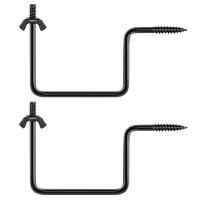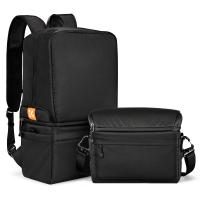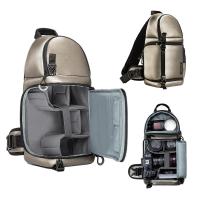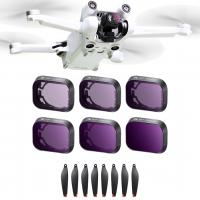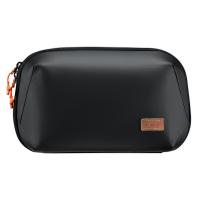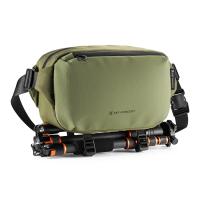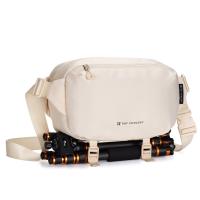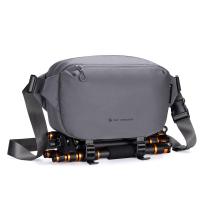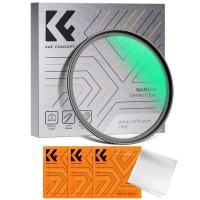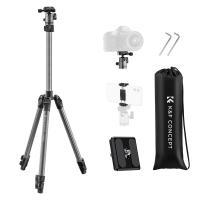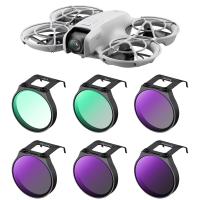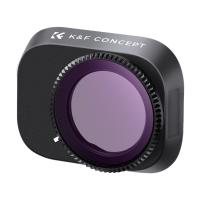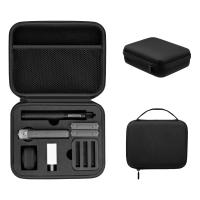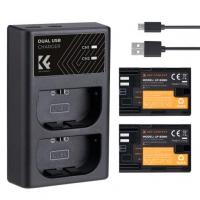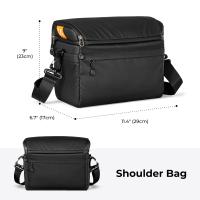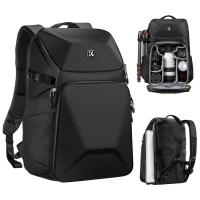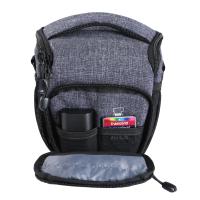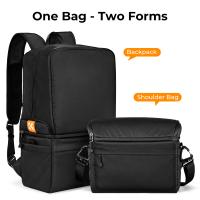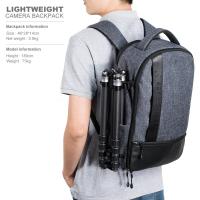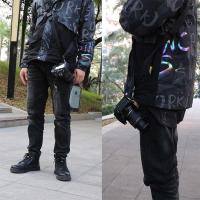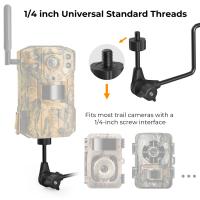How To Pack Your Camera Bag?
Packing a camera bag efficiently is crucial for any photographer, whether you're a professional or an enthusiast. Proper organization ensures that you have all the necessary equipment at your fingertips, protects your gear from damage, and can even make the difference between capturing a perfect shot and missing it. In this article, we will delve into the essential steps and tips for packing your camera bag, ensuring that you are always prepared for any photographic opportunity.
Understanding Your Needs
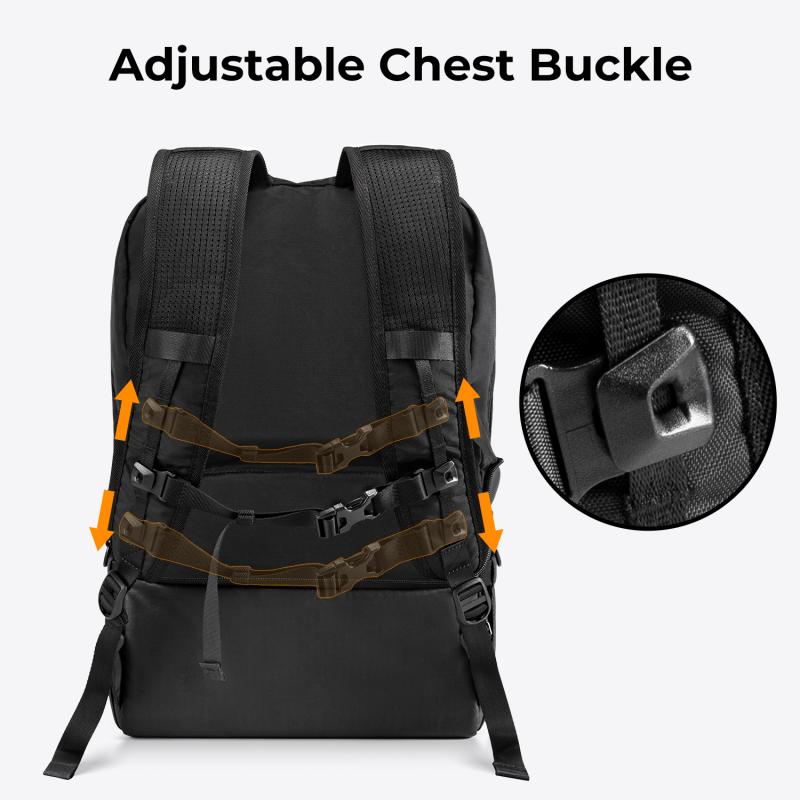
Before you start packing, it's important to understand your specific needs. Are you going on a short day trip, a long travel adventure, or a professional shoot? The type of photography you plan to do will dictate what gear you need to bring. For instance, a landscape photographer might prioritize wide-angle lenses and tripods, while a portrait photographer might focus on prime lenses and lighting equipment.
Choosing the Right Bag
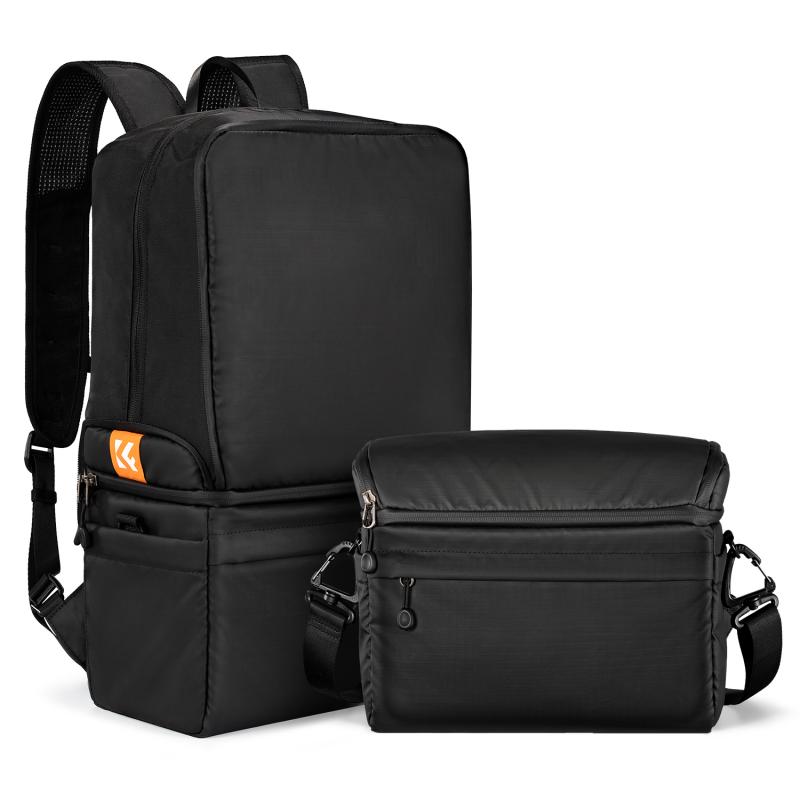
The first step in packing your camera bag is selecting the right bag for the job. Camera bags come in various styles, including backpacks, shoulder bags, sling bags, and rolling cases. Each type has its advantages:
- Backpacks: Ideal for long trips and carrying heavy gear. They distribute weight evenly across your shoulders and back.
- Shoulder Bags: Offer quick access to your gear but can become uncomfortable if overloaded.
- Sling Bags: A hybrid between backpacks and shoulder bags, providing easy access and decent weight distribution.
- Rolling Cases: Perfect for studio shoots or when you have a lot of heavy equipment to transport.
Essential Gear to Pack
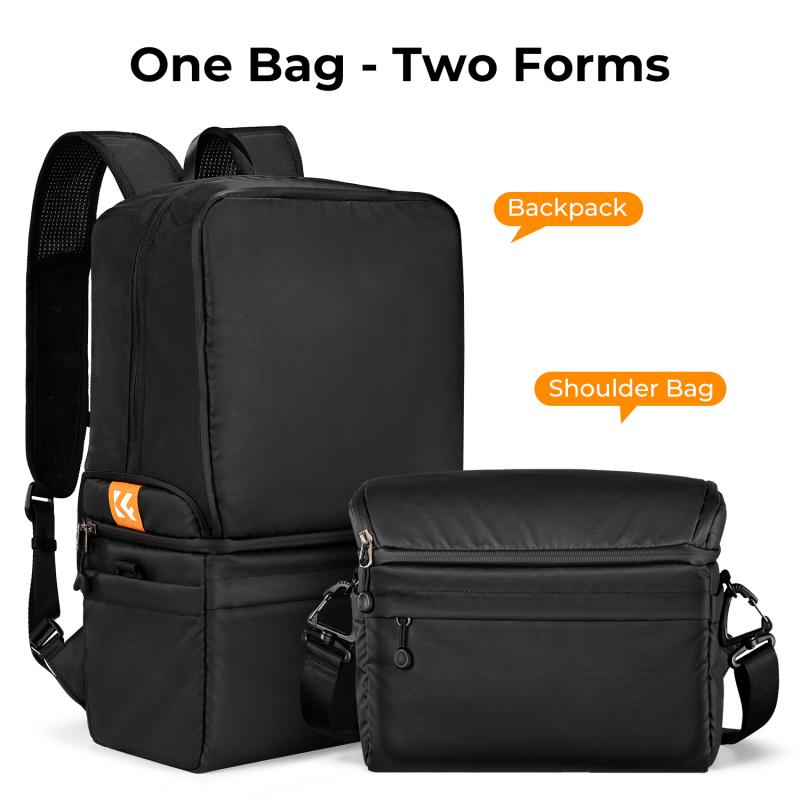
Once you've chosen the right bag, it's time to gather your essential gear. Here's a checklist of items you should consider:
1. Camera Body: Ensure your camera body is clean and functioning properly.
2. Lenses: Depending on your needs, pack a variety of lenses. Common choices include a wide-angle lens, a standard zoom lens, and a telephoto lens.
3. Memory Cards: Always carry extra memory cards to avoid running out of storage space.
4. Batteries: Pack extra batteries and a charger. Consider a portable power bank for extended trips.
5. Lens Filters: Include UV filters, polarizers, and ND filters to enhance your shots.
6. Tripod: A sturdy tripod is essential for long exposures and stable shots.
7. Cleaning Kit: Keep a cleaning kit handy to maintain your gear. This should include a blower, lens cleaning solution, microfiber cloths, and sensor swabs.
8. Remote Shutter Release: Useful for long exposures and reducing camera shake.
9. Flash and Lighting Equipment: Depending on your shoot, you might need external flashes, diffusers, and reflectors.
10. Laptop or Tablet: For on-the-go editing and backups.
Organizing Your Bag

Proper organization is key to ensuring that you can quickly access your gear when needed. Here are some tips for organizing your camera bag:
- Use Dividers: Most camera bags come with adjustable dividers. Use them to create compartments for your camera body, lenses, and accessories. This not only keeps your gear organized but also provides protection against bumps and scratches.
- Prioritize Accessibility: Place the items you use most frequently in easily accessible compartments. For example, keep your camera body and primary lens at the top of the bag.
- Utilize Pockets: Use the bag's pockets for smaller items like memory cards, batteries, and cleaning supplies. Consider using labeled pouches for better organization.
- Balance the Weight: Distribute the weight evenly to avoid straining your back or shoulders. Place heavier items at the bottom and closer to your back for better balance.
- Secure Your Gear: Ensure that all zippers and straps are securely fastened to prevent your gear from shifting during transport.
Packing for Different Scenarios
Different photography scenarios require different packing strategies. Here are some tips for specific situations:
Day Trips
For a short day trip, you can pack light. A shoulder bag or sling bag should suffice. Focus on the essentials:
- Camera body with a versatile lens (e.g., 24-70mm)
- Extra memory cards and batteries
- Lightweight tripod
- Basic cleaning kit
Travel Photography
When traveling, you need to be prepared for various shooting conditions. A backpack is ideal for this scenario. Consider the following:
- Camera body and a selection of lenses (wide-angle, standard zoom, and telephoto)
- Multiple memory cards and batteries
- Portable power bank
- Travel-sized tripod
- Comprehensive cleaning kit
- Laptop or tablet for backups and editing
Professional Shoots
For professional shoots, you need to bring a wide range of equipment. A rolling case or a large backpack is recommended. Pack the following:
- Multiple camera bodies
- A variety of lenses (including specialty lenses like macro or tilt-shift)
- Several memory cards and batteries
- Full lighting kit (flashes, diffusers, reflectors)
- Sturdy tripod and light stands
- Complete cleaning kit
- Laptop with external hard drives for backups
Safety and Security
Protecting your gear is paramount. Here are some safety tips:
- Insurance: Consider insuring your camera gear, especially if it's expensive or you use it professionally.
- Weather Protection: Use rain covers or waterproof bags to protect your gear from the elements.
- Theft Prevention: Never leave your bag unattended. Use lockable zippers and consider a bag with anti-theft features.
- Label Your Gear: Mark your equipment with your contact information in case it gets lost.
Final Checks
Before heading out, do a final check to ensure you have everything you need:
- Test your camera and lenses to make sure they are functioning properly.
- Verify that you have enough memory cards and batteries.
- Double-check that all your gear is securely packed and organized.
Packing your camera bag efficiently is an essential skill for any photographer. By understanding your needs, choosing the right bag, and organizing your gear properly, you can ensure that you are always prepared for any photographic opportunity. Remember to prioritize accessibility, balance the weight, and protect your gear from damage and theft. With these tips, you'll be ready to capture stunning images wherever your photography journey takes you.


